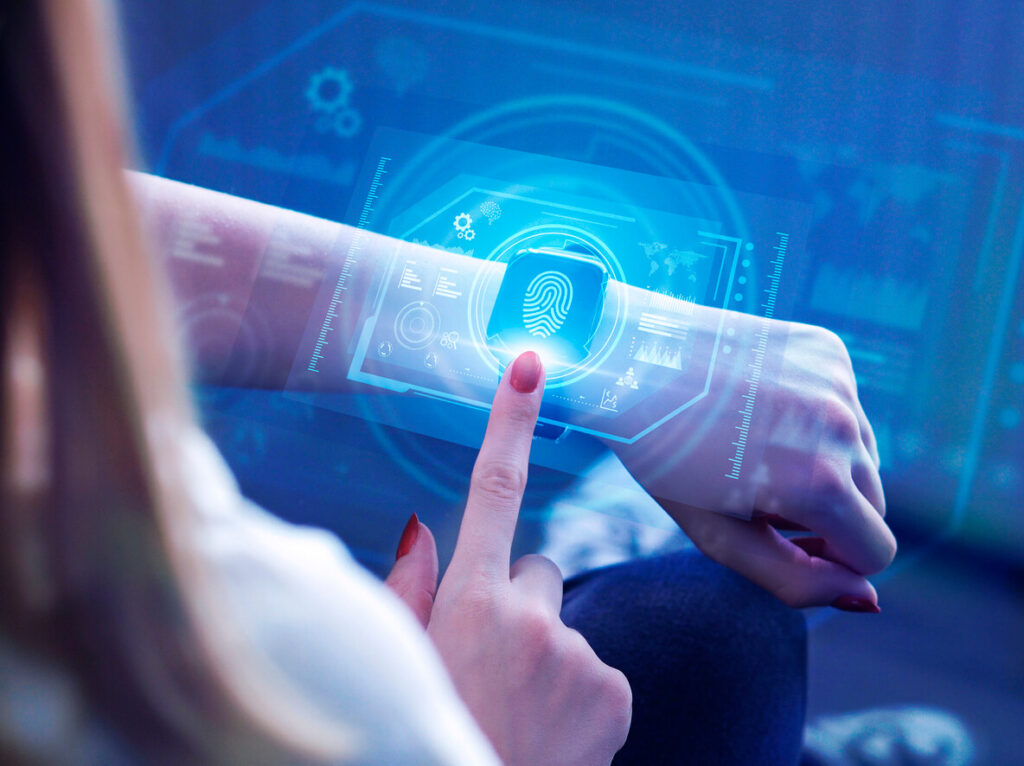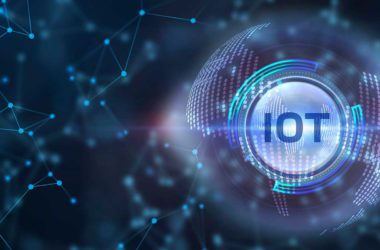Artificial intelligence (AI) and the Internet of Things (IoT) are probably concepts you are already familiar with. But have you thought about what this convergence of these two technical boundaries means?
With the synergy known as AIoT – the Artificial Intelligence of Things, we are taking the next step in the evolution of technology. It is a pivotal leap forward in how machines interact with us and our environment.
What is AIoT?
The term AIoT, or Artificial Intelligence of Things, describes the combination of AI technology and IoT infrastructure. By incorporating AI, this integration expands the capabilities of IoT networks and makes enhanced analytics, autonomous decision-making, and more effective data processing possible. It makes it possible for Internet of Things devices to function independently, make intelligent decisions, and analyse data in real-time. Innovations in smart homes, industrial IoT, healthcare, and urban infrastructure result from this merging of systems, which makes them smarter over time. Through AIoT, IoT solutions become more effective and efficient since IoT devices can now think, learn, and function on their own.
9 Most Common Applications of AIoT
AIoT is becoming increasingly prevalent in various sectors due to its ability to enhance efficiency, automate processes, and provide deeper insights through data analysis. Some of the most common areas where AIoT is being used include:
Healthcare
AIoT devices can track vital signs and provide real-time data to healthcare providers, for instance, through wearables. Applications such as wearable smart devices measure health parameters and give insights to patients and healthcare providers. Predictive analytics for patient care is transforming the healthcare industry through the Internet of Things. From managing patient flow to monitoring medical equipment and medication inventory, AIoT optimises hospital operations.

Manufacturing and Industrial Sector
Known as Industrial IoT (IIoT), AIoT in manufacturing optimises production processes, improves supply chain management, ensures predictive maintenance, and enhances workplace safety. It is especially common in smart factories where automation and machine learning are used to create a highly efficient production environment. AIoT can also improve the performance of industrial robots by providing them with real-time data.
Supply Chain and Logistics
AIoT enhances supply chain visibility and efficiency, providing real-time tracking of goods and predictive analytics for inventory management. With automated warehouse systems and predictive analytics, forecasting supply chain disruptions and demand changes is easier. Helping to guarantee storage efficiency and enhanced logistics processes. In the logistics sector, industrial robots that are AIoT-powered are often used to manage inventory, making it easier to predict demand and match supply with demand. Find out more about the growing importance of robots in the logistics sector here.
Smart Cities
Smart cities rely on AI and IoT technologies, which are used to collect data on traffic patterns, air quality, waste management, energy conservation, public safety monitoring and other factors that can be used to improve city infrastructure. In addition, AIoT can help cities with asset management and remote monitoring.
Automotive Industry
The integration of AIoT in the automotive sector leads to advancements in autonomous vehicles, smart traffic systems, vehicle telematics, and predictive maintenance of vehicles. AIoT solutions can also be used to manage fleet operations, including predictive maintenance, remote vehicle diagnostics, and driver behaviour analysis.
AIoT technology is being used by companies such as Tesla to develop self-driving cars that can sense their environment, make decisions in real-time, and increase mobility.
Agriculture
AIoT in agriculture (sometimes referred to as Smart Agriculture) includes precision farming techniques, where sensors provide data for optimal planting, watering, and harvesting, leading to increased crop yields and reduced waste. Have a look at this article to learn more about the role of smart agriculture in smart villages.
Energy Sector
AIoT is used for smart grid management, optimising energy production and distribution, and enhancing renewable energy management through predictive analytics. AIoT helps balance energy supply and demand, especially during peak usage periods.
Smart Homes
In the consumer space, AIoT is widely used in smart home devices. It enables smart thermostats, lighting systems, and home security systems to learn from user behaviours and environmental conditions, improving energy efficiency and security. To find out more, read our article on how AI has transformed consumer electronics.

Environmental Monitoring
AIoT aids in monitoring environmental conditions, like air and water quality, enabling better management of environmental resources and response to ecological changes. AIoT can help businesses with their energy efficiency by optimising the energy usage in buildings and industrial processes, simultaneously reducing the business’s carbon footprint.
Benefits of Incorporating AIoT into Your Business
Benefits and advancements of AIoT:
- Advanced Data Analysis – by combining IoT data collecting and AI data processing, AIoT generates analytics and insights that are more complex.
- Predictive Capabilities – reduce downtime and improve planning by enabling predictive maintenance and forecasting.
- Efficiency and Productivity – tasks are automated and operations are optimised, which boosts productivity across a range of industries.
- Personalised Customer Experiences – AIoT helps businesses in retail and services better cater to the unique interests of their customers.
- Energy and Resource Management – by maximising energy use and resource management, it promotes sustainability.
- Safety and Security Enhancements – by using intelligent monitoring and alert systems, safer and more secure environments are created in offices, residences, and public areas.
- Real-time Monitoring – enables prompt tracking and management in demanding situations, such as environmental monitoring and industrial processes.
- Scalability and Flexibility – AIoT systems are flexible enough to grow and change to meet the changing demands of different industries and businesses.
Future Trends and Predictions
In summary, the AIoT has the potential to drastically change a number of industries in the future. From manufacturing to healthcare, we may anticipate smarter and more efficient operations as innovations lead to more sophisticated automation and integration. AIoT will transform patient care in the healthcare industry in particular by enabling improved monitoring and individualised care. In addition, the creation of smart cities driven by AIoT would greatly enhance urban living by optimising everything from environmental sustainability to traffic management. Not only is the convergence of AI and IoT a technological accomplishment, but it also points the way towards a future that is more intelligent, sustainable, and connected.
FAQs
AIoT technology is being used in many industries but one example is in the smart manufacturing sector. AIoT is used in manufacturing to analyse production data and suggest ways to improve efficiency and productivity. Through real-time data analysis, sensors, predictive maintenance, and process optimisation, AIoT can help manufacturers save time and money.
The main difference between AIoT and IoT is that IoT focuses on connecting devices to the internet in order to gather and share data, while AIoT leverages artificial intelligence to analyse and make decisions based on the data acquired. IoT essentially collects data, while AIoT processes and uses that data intelligently in addition to gathering it. Combined together, IoT and AI form AIoT.
Industrial Internet of Things (IIoT) focuses mainly on industrial applications, using IoT to improve manufacturing and industrial processes, while Artificial Intelligence of Things (AIoT) combines IoT with integrating AI’s data analysis and decision-making powers into IoT devices. AIoT might be used not only in industrial settings but also in other fields.
IoT is not part of AI; they are different technologies, but they can be integrated together to create AIoT. Then, AI enhances IoT systems by providing data analysis and decision-making capabilities.











